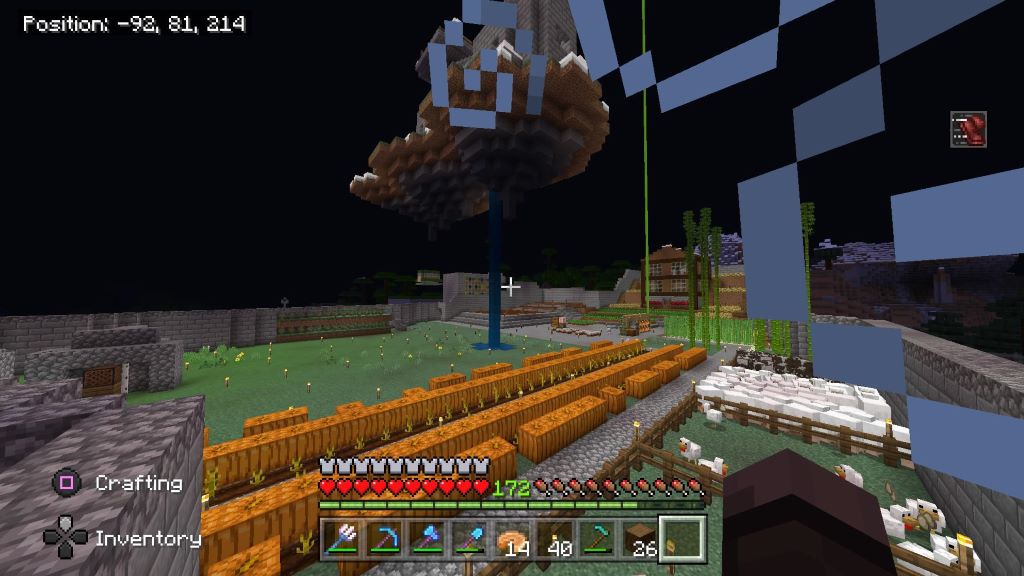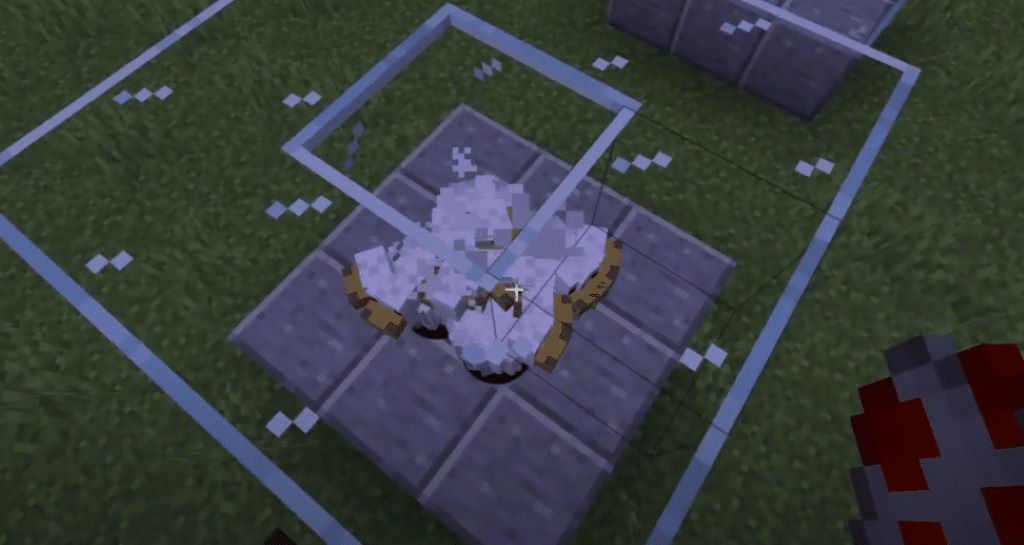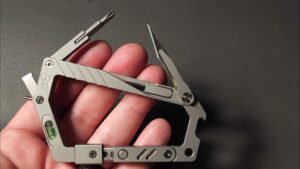Does Entity Cramming Cause Lag?

In the ever-evolving landscape of online gaming and virtual worlds, one term that often raises concerns among players and developers alike is “entity cramming.” This phenomenon refers to the situation where an excessive number of entities, such as mobs or items, are densely packed into a confined space within the virtual environment. The result? Lag – that frustrating delay between an action and its response in a game. But is entity cramming the real culprit behind lag issues, or are there more factors at play? In this article, we’ll delve into the world of entity cramming, exploring its potential to cause lag and its broader implications for the gaming experience. This article is managed by Gamegreatwall.com.
Understanding Entity Cramming
Imagine entering a virtual realm bustling with life: NPCs going about their routines, items strewn across the landscape, and mobs roaming freely. It’s the intricate details that make these virtual worlds feel alive and immersive. However, packing too many entities into a small area can lead to performance issues, with lag being one of the most noticeable consequences. Discover the entity cramming minecraft.

The Relationship Between Entity Cramming and Lag
Entity cramming can indeed contribute to lag, but it’s essential to recognize that it’s not the sole factor. Lag is a multifaceted issue that can arise from various sources, including network latency, hardware limitations, and server performance. While cramming too many entities in one spot can strain system resources and impact performance, it’s just one piece of the puzzle.
The Intricacies of Lag
To understand the impact of entity cramming on lag, let’s explore how lag manifests and its different forms:
- Latency Lag: This type of lag is primarily due to network delays. When you press a button in-game, the command needs to travel to the game server and back. If the network connection is slow or unstable, it results in latency lag – a delay between your action and the game’s response.
- Frame Rate Lag: Frame rate lag, often referred to as “FPS drops,” occurs when your hardware struggles to render the game smoothly. This can be caused by factors like graphics settings, insufficient processing power, or outdated drivers.
- Server-Side Lag: When playing online multiplayer games, server-side lag occurs when the game server itself is experiencing high loads, resulting in delayed interactions for all players.
- Entity-Related Lag: This is where entity cramming comes into play. When too many entities occupy a small space, the system has to process and render each one, leading to a decrease in frame rate and responsiveness.
The Balance Between Immersion and Performance
Game developers walk a tightrope between creating immersive, vibrant virtual worlds and ensuring smooth performance for players. Entity cramming plays a role in this delicate balance. On one hand, a densely populated cityscape bustling with NPCs can make a game world feel alive. On the other hand, if not optimized carefully, it can lead to frustrating lag spikes.
Strategies for Mitigating Entity-Related Lag
To strike the right balance, developers employ several strategies:
- Entity Limits: Setting a cap on the number of entities that can occupy a single space prevents overcrowding and ensures smoother performance.
- Optimization Techniques: Developers use various optimization techniques, such as reducing the complexity of entity behaviors when they’re not in the player’s immediate vicinity.
- Dynamic Loading: Loading entities dynamically based on player proximity helps distribute processing power efficiently.
- Player Hardware Consideration: Some games offer graphics settings that allow players to adjust the level of entity detail based on their hardware capabilities.
The Broader Picture
While entity cramming can contribute to lag, it’s important to approach lag as a holistic issue. Players and developers should consider a range of factors that can impact performance. From stable network connections and up-to-date hardware to efficient server architecture, the journey toward lag-free gaming involves addressing various elements.
In conclusion, entity cramming can indeed cause lag, especially if not managed thoughtfully by game developers. However, it’s just one facet of the larger challenge of achieving optimal game performance.
The next time you find yourself in a bustling virtual world, take a moment to appreciate the intricate design while acknowledging the careful balance required to keep the gaming experience seamless. Understanding game mechanics like how to play Gundam versus? can greatly enhance your enjoyment, just as exploring the impact of Entity Cramming on lag in Minecraft can shed light on the performance and gameplay aspects of your favorite games.
FAQs
- Can entity cramming be completely eliminated?
Achieving a completely lag-free experience is challenging due to the multitude of factors that contribute to lag. However, developers can take steps to minimize its impact.
- How can players reduce lag on their end?
Players can ensure a stable internet connection, update their hardware drivers, and adjust in-game graphics settings to improve performance.
- Is entity cramming more problematic in multiplayer games?
Yes, entity cramming can be more pronounced in multiplayer games where interactions with numerous entities are frequent.
- Are there tools to measure the impact of entity cramming on performance?
Yes, developers often use performance monitoring tools to identify performance bottlenecks, including those related to entity cramming.
- Can a high-end gaming rig eliminate lag caused by entity cramming?
While a high-end gaming rig can mitigate lag caused by certain factors, entity cramming’s impact also depends on how well a game is optimized.






